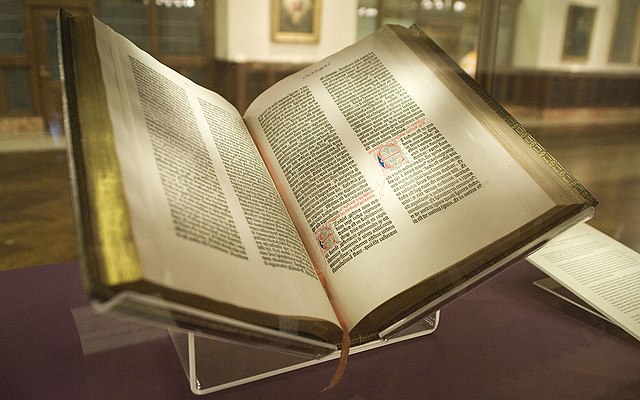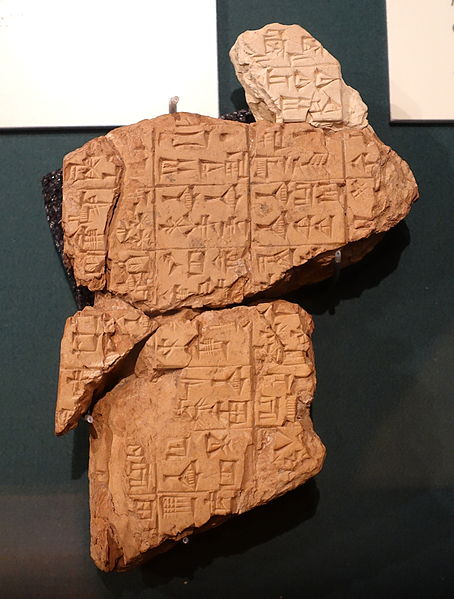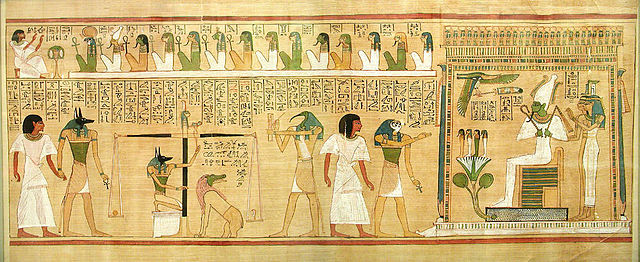The Gutenberg Bible, also known as the 42-line Bible, the Mazarin Bible or the B42, was the earliest major book printed in Europe using mass-produced metal movable type. It marked the start of the "Gutenberg Revolution" and the age of printed books in the West. The book is valued and revered for its high aesthetic and artistic qualities and its historical significance.
Gutenberg Bible of the New York Public Library; purchased by James Lenox in 1847, it was the first Gutenberg Bible to be acquired by a United States citizen.
Gutenberg Bible in the Beinecke Rare Book & Manuscript Library at Yale University in New Haven, Connecticut
Spine of the Lenox copy
A vellum copy of the Gutenberg Bible owned by the U.S. Library of Congress, on display at the Thomas Jefferson Building in Washington, D.C.
A book is a medium for recording information in the form of writing or images. Books are typically composed of many pages, bound together and protected by a cover. Modern bound books were preceded by many other written mediums, such as the codex and the scroll. The book publishing process is the series of steps involved in their creation and dissemination.
The Gutenberg Bible, one of the first books to be printed using the printing press
12-metre-high (40 ft) stack of books sculpture at the Berlin Walk of Ideas, commemorating the invention of modern book printing
Fragments of the Instructions of Shuruppak: "Shurrupak gave instructions to his son: Do not buy an ass which brays too much. Do not commit rape upon a man's daughter, do not announce it to the courtyard. Do not answer back against your father, do not raise a 'heavy eye.'". From Adab, c. 2600–2500 BCE
Book of the Dead of Hunefer; c. 1275 BC; ink and pigments on papyrus; 45 × 90.5 cm; British Museum (London)







